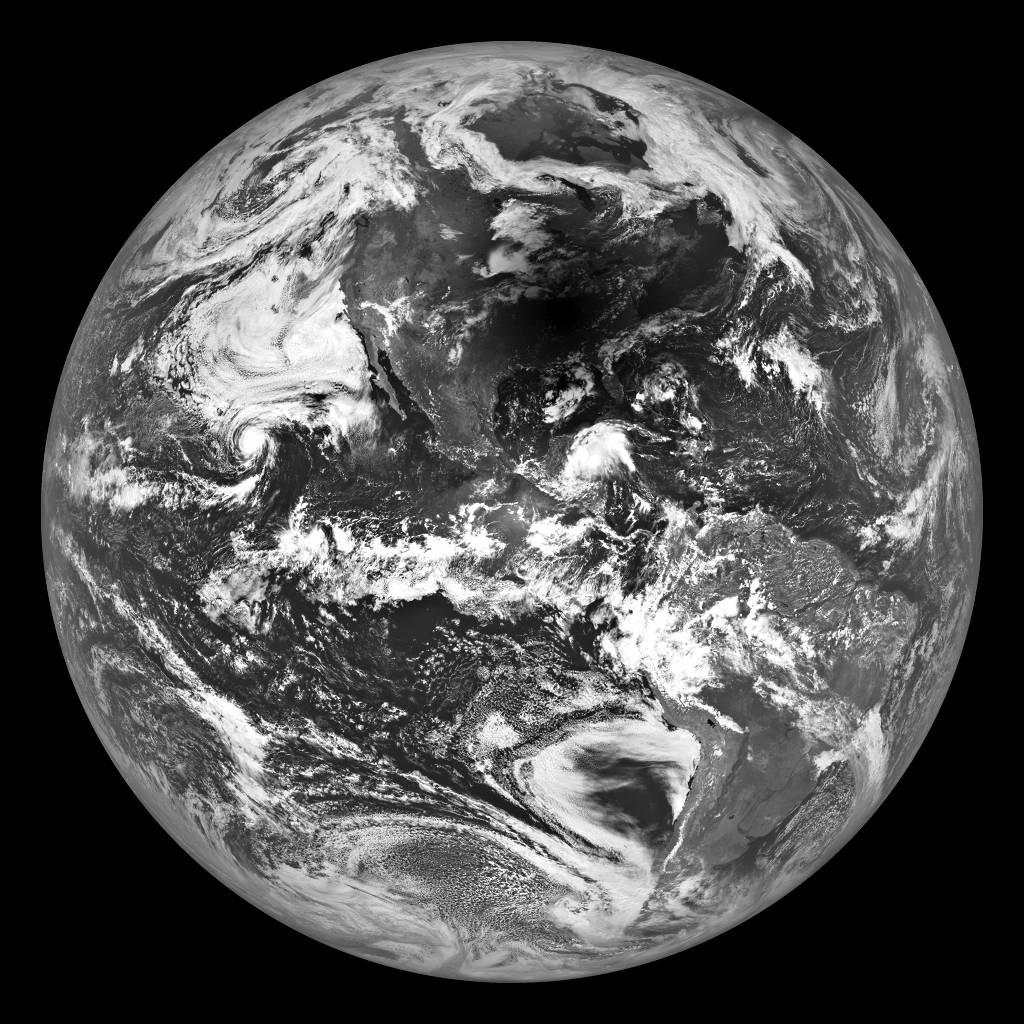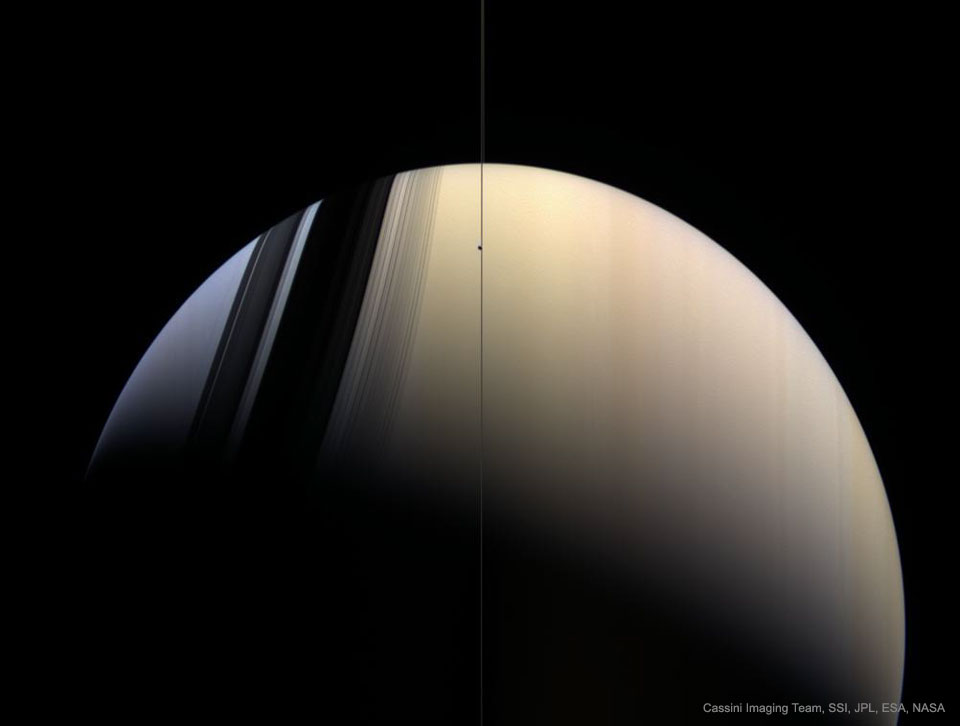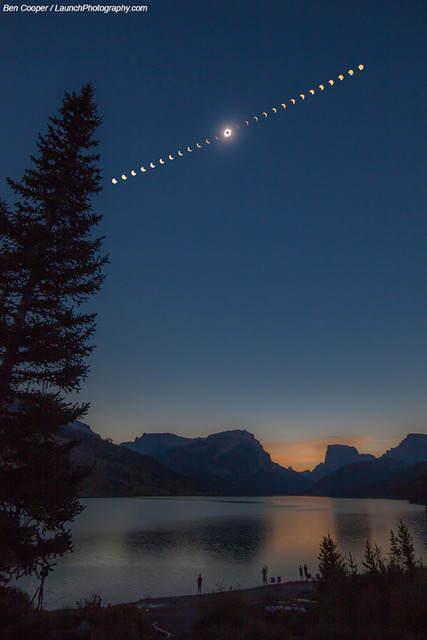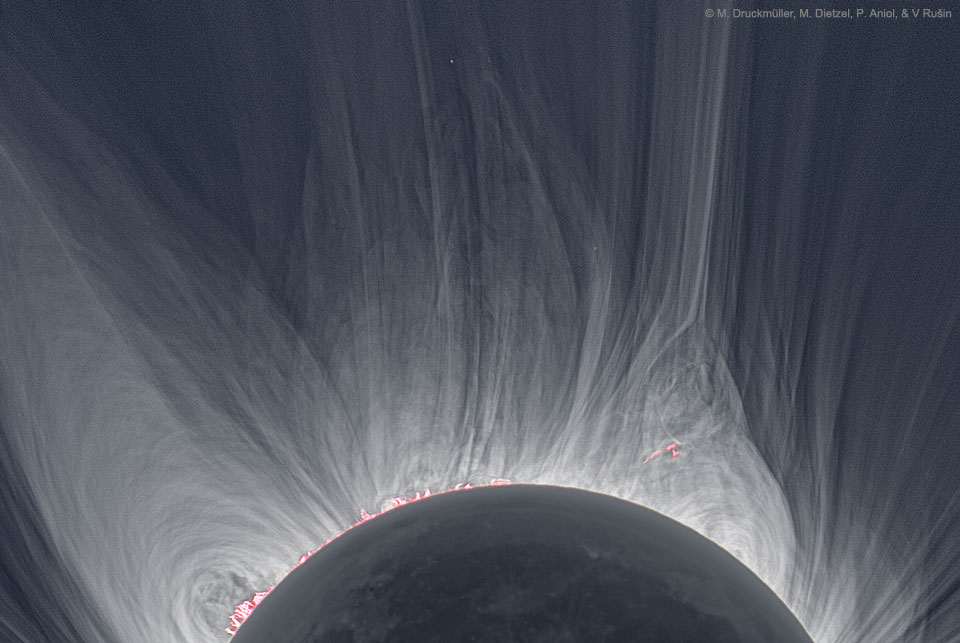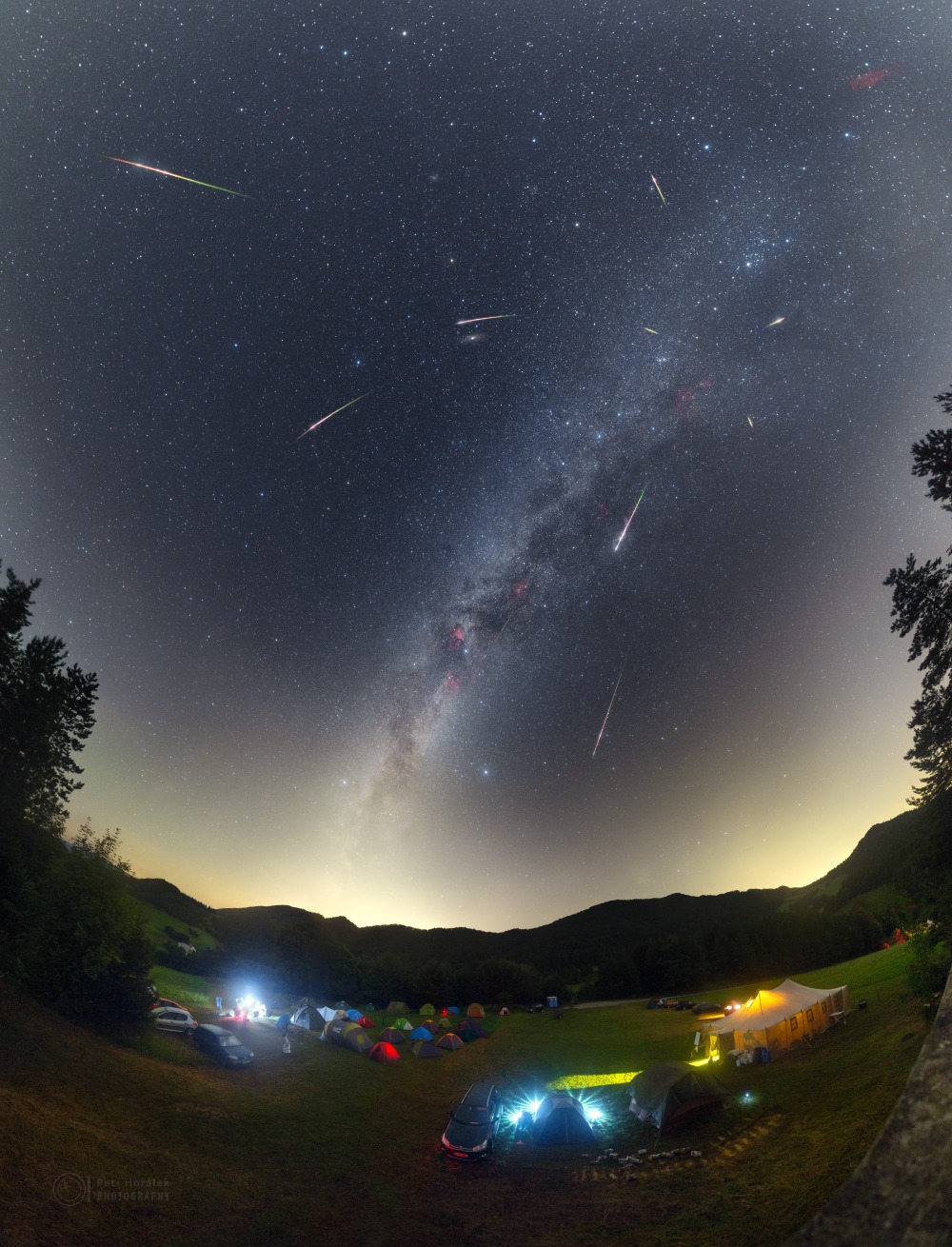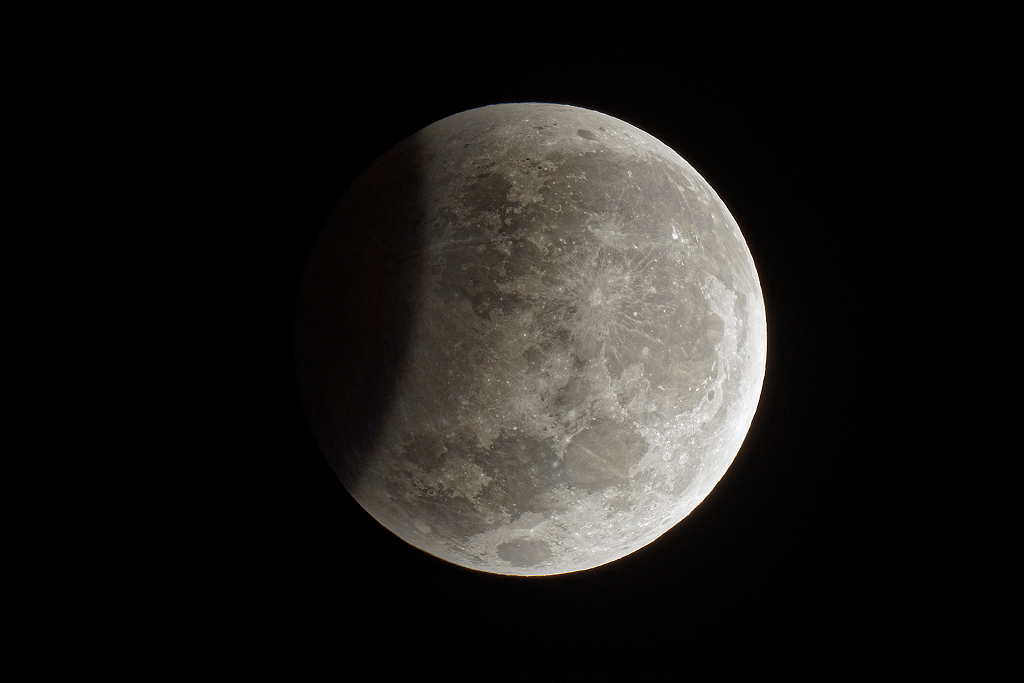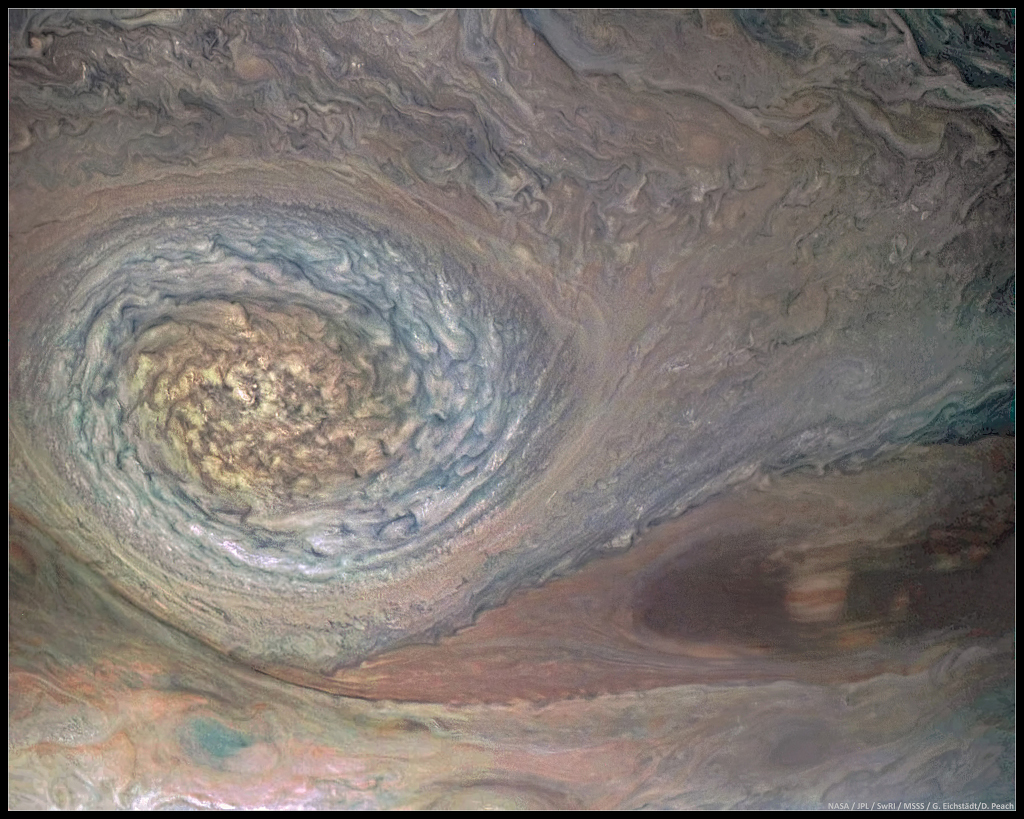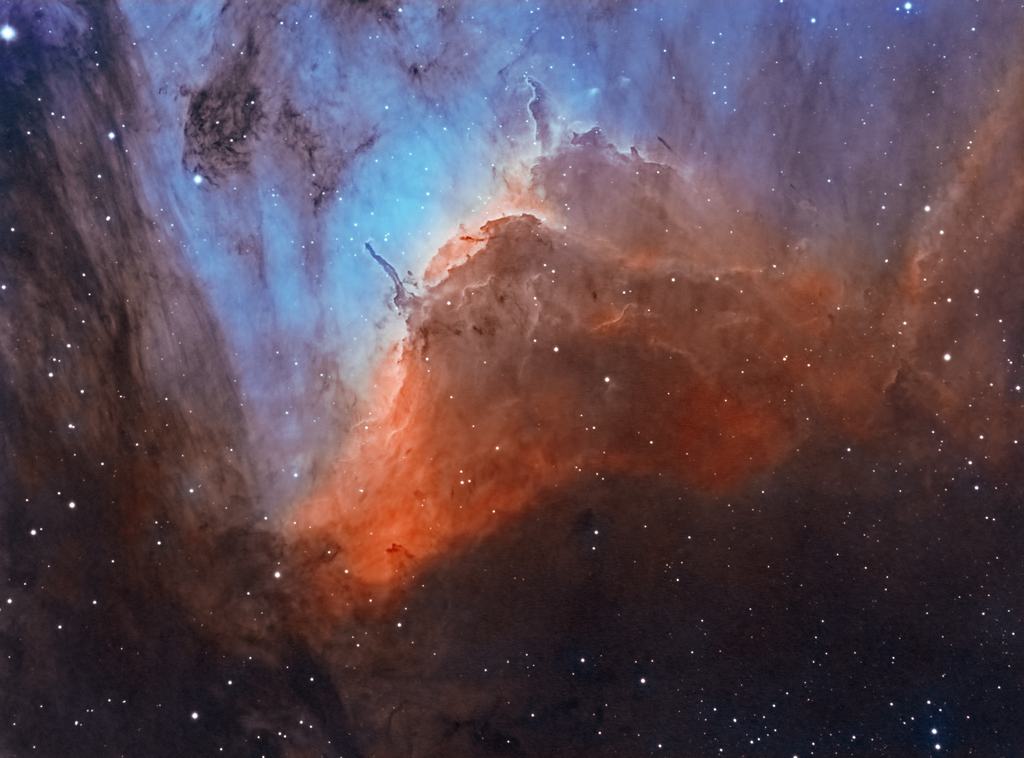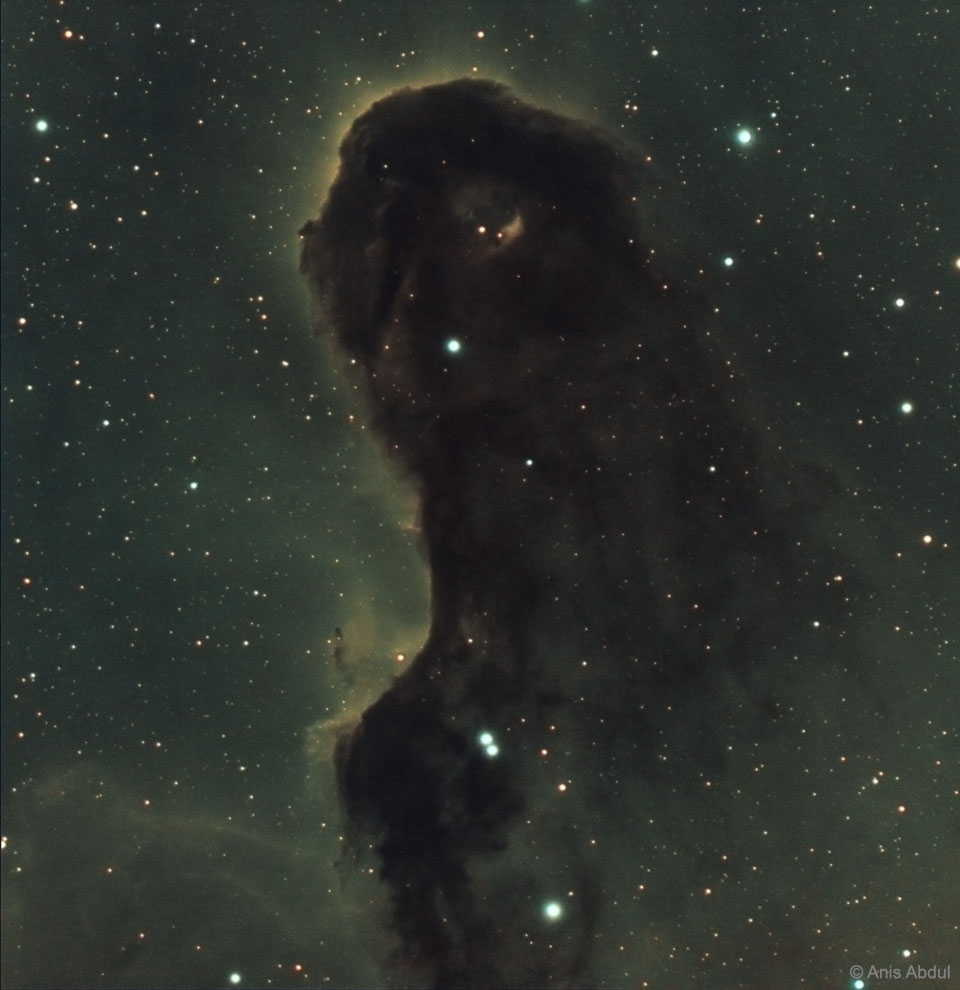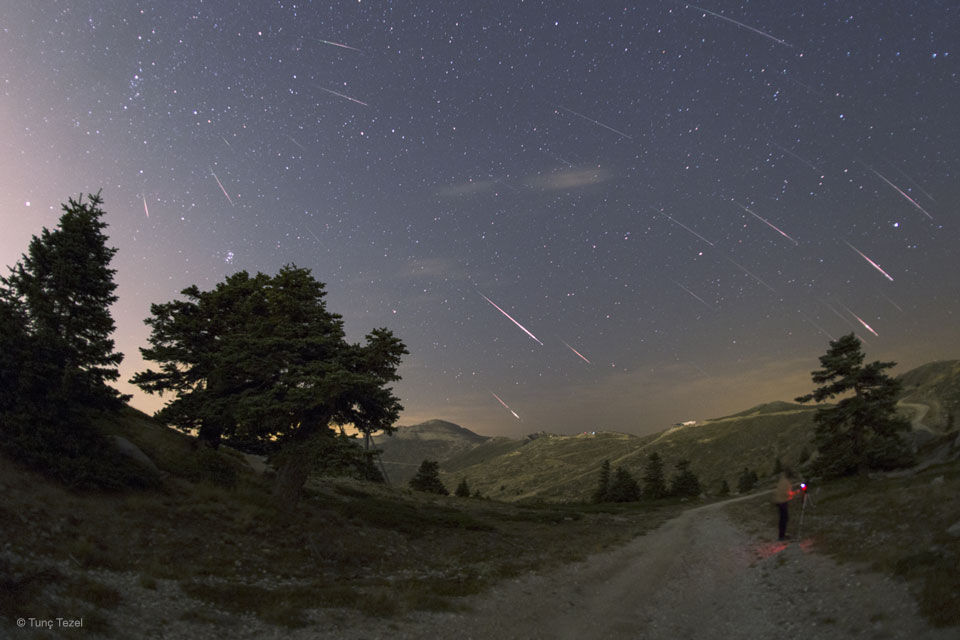Muitas empresas, como laboratórios farmacêuticos, faturam bilhões com essa doença.
Mas nós acreditamos na ciência do bem.
Existem sim pesquisadores que dedicam a vida para encontrar a cura de doenças consideradas incuráveis.
Um exemplo disso é o grupo de médicos e microbiologistas cubanos, que, com um orçamento muito limitado, conseguiu desenvolver a primeira vacina mundial contra o câncer de pulmão - a CIMAvax EGF.
Essa vacina já foi usada em mais de 4 mil pessoas que sofrem com a doença.
O resultado é incrível!
Ela é capaz de prolongar e melhorar o tempo de vida dos pacientes, mesmo quando o câncer já está bem avançado.
Foram necessários 16 anos de pesquisa para se chegar à fórmula da vacina.
O melhor é que ela não causa efeitos colaterais graves.
O mais interessante é que um país pobre e subdesenvolvido como Cuba conseguiu alcançar uma expressiva vitória contra a maior doença dos tempos modernos, mas os gigantes farmacêuticos, com toda a sua força econômica, não chegaram nem perto de algo parecido.
A vacina funciona atacando uma proteína chamada "fator de crescimento epidérmico", ou EGF, que permite que células cancerígenas do pulmão cresçam.
A CIMAvax estimula o sistema imunológico a criar anticorpos que se ligam ao EGF, impedindo que esta proteína alimente as células cancerosas.
A vantagem é que ela poupa a pessoa de se submeter às altas doses de quimioterapia, garantindo mais tempo de vida e com mais qualidade.
Com a administração dessa vacina, o paciente sofre menos falta de ar e, às vezes, esse sintoma até desaparece definitivamente.
Da mesma forma, ocorre com a dor.
Além disso, a pessoa volta a ganhar peso, melhora o apetite e passa a ter mais energia no dia a dia.
A vacina já está chegando em outros países, como na Bósnia, Herzegovina, Colômbia, Paraguai e Peru.
Cura Pela Natureza
(Despoletado por Hélder Alvar)
